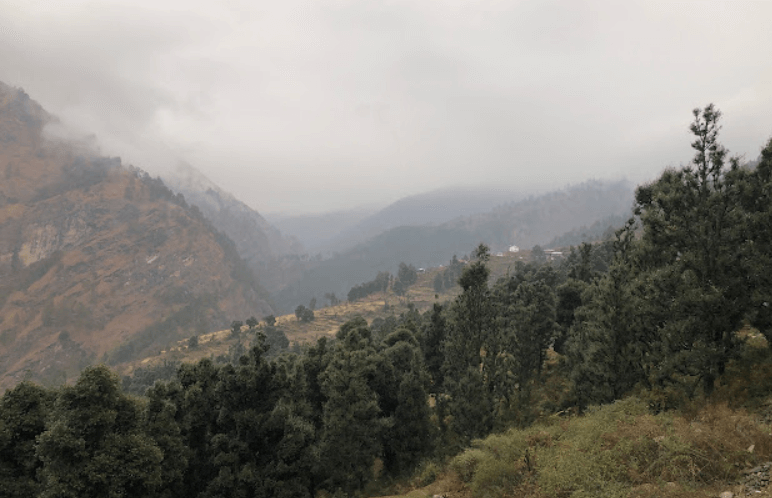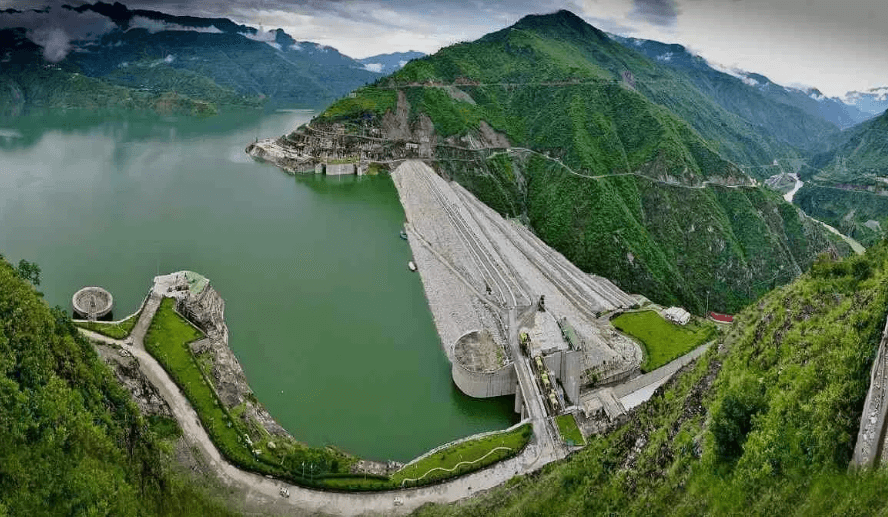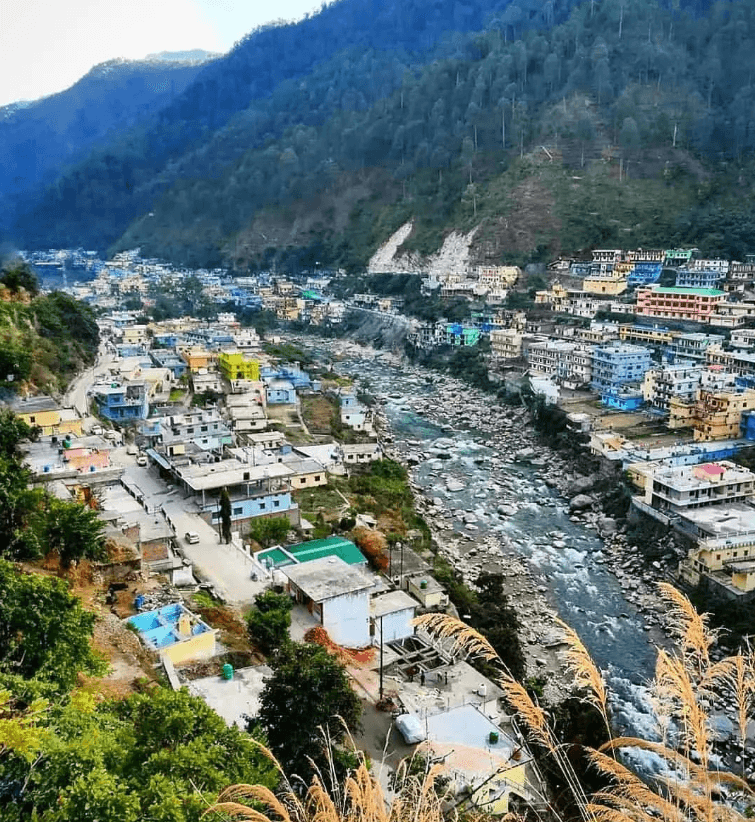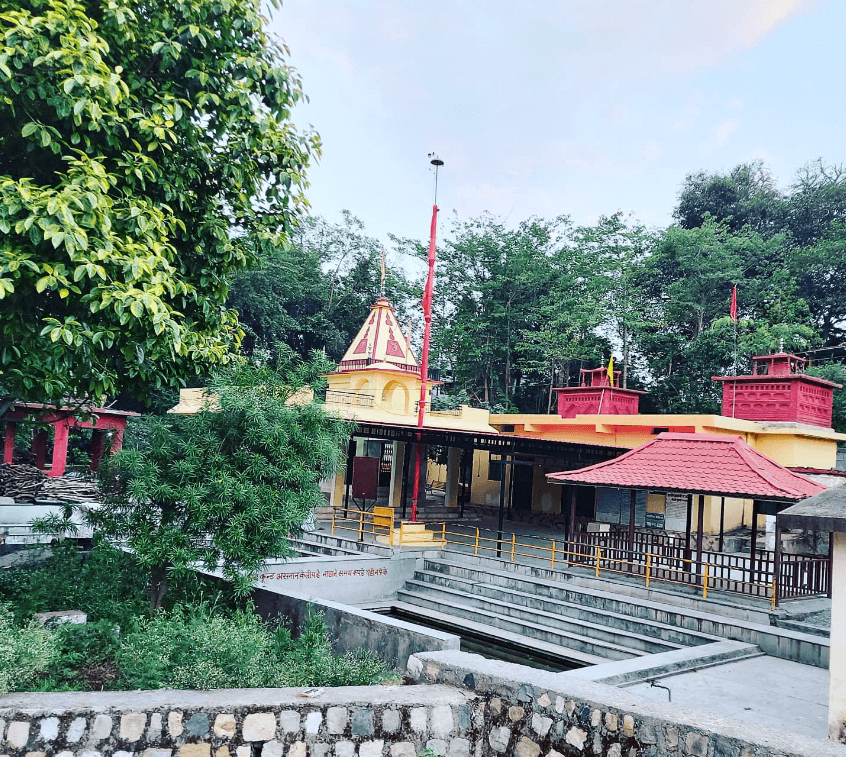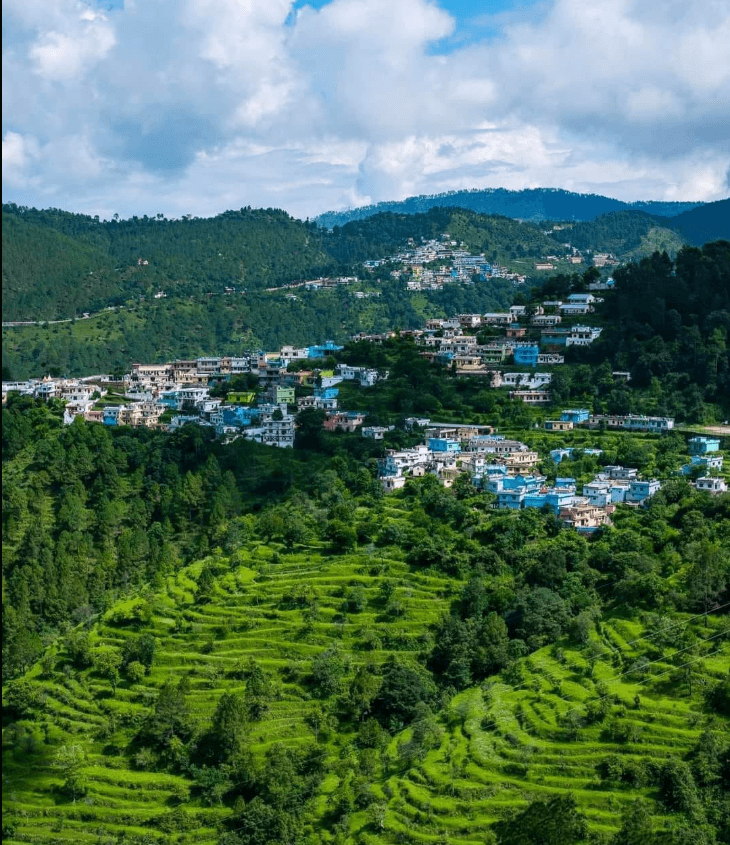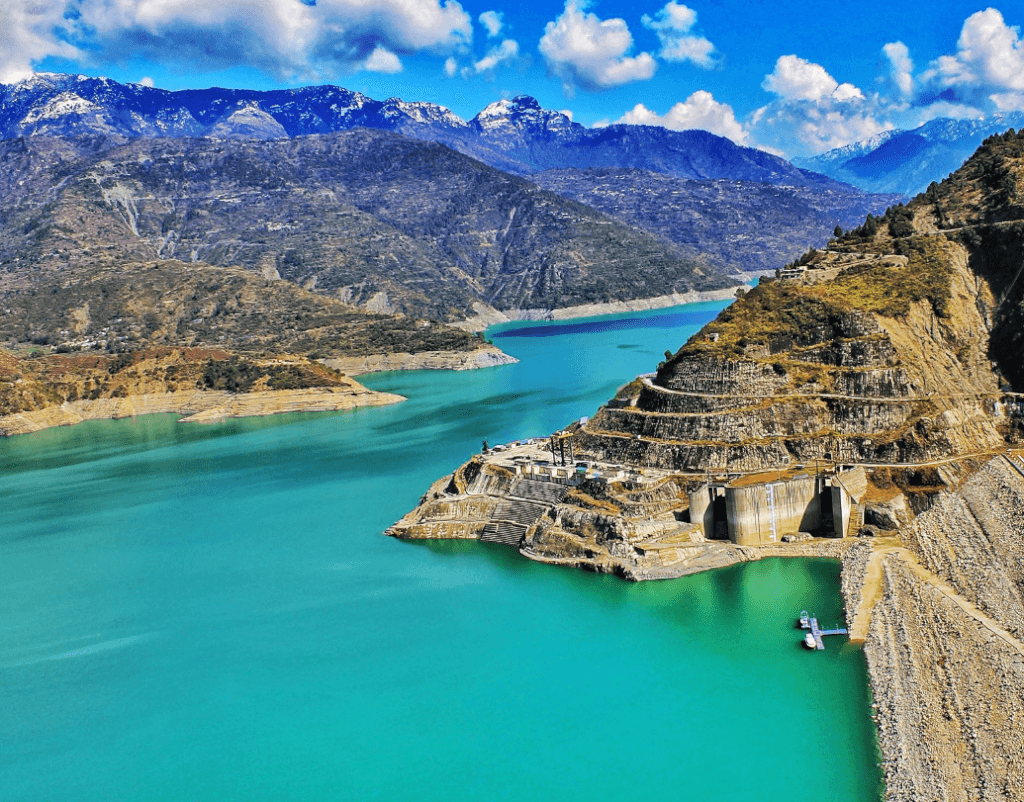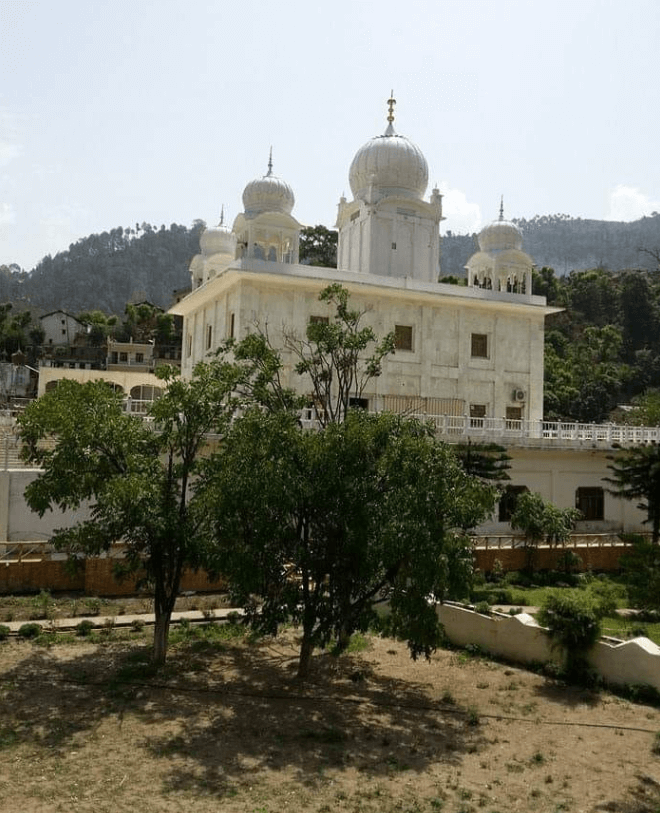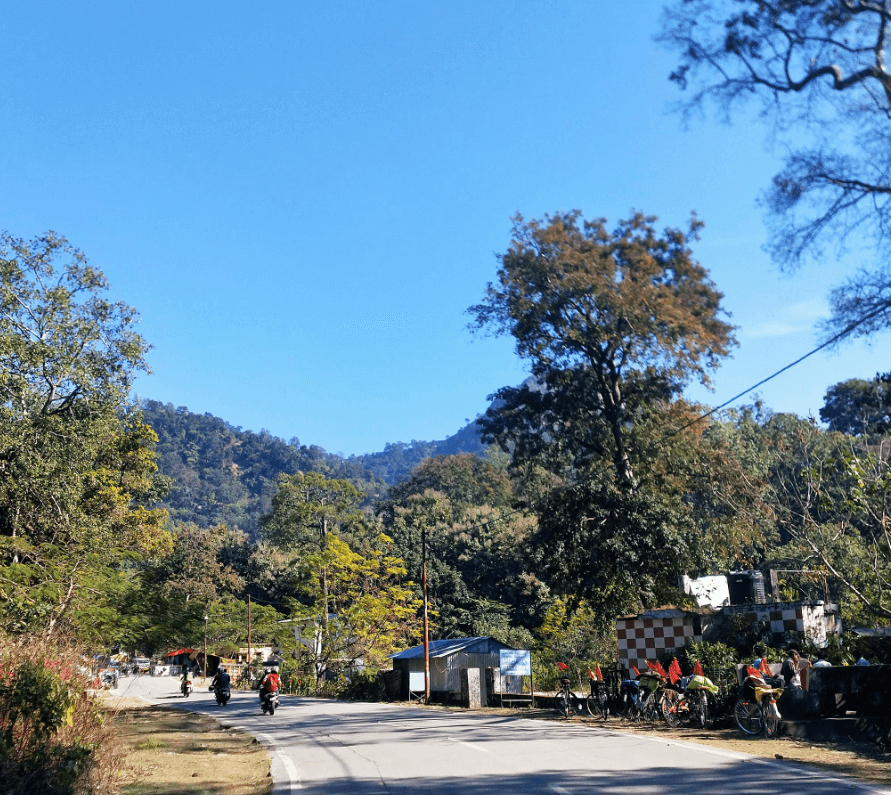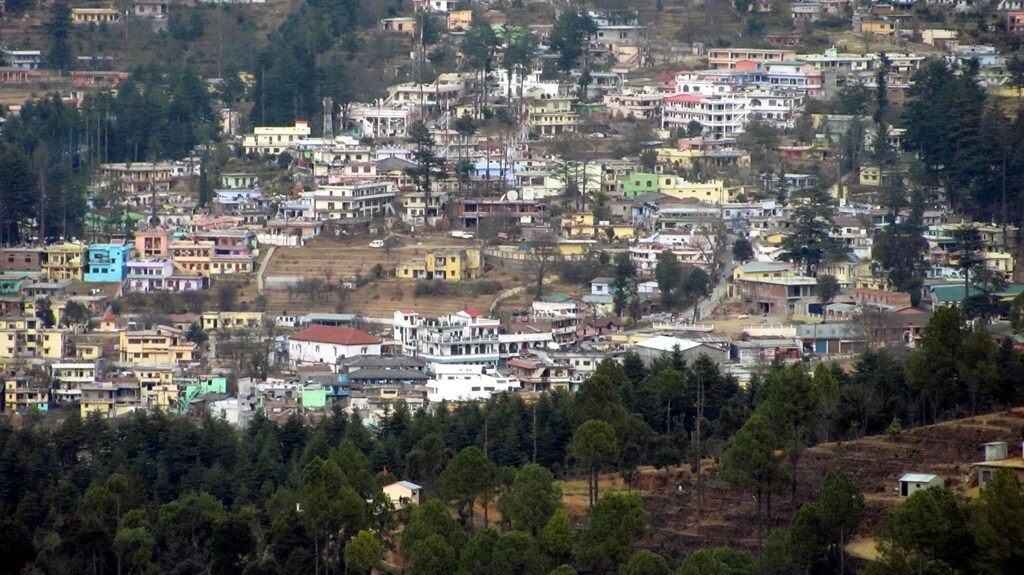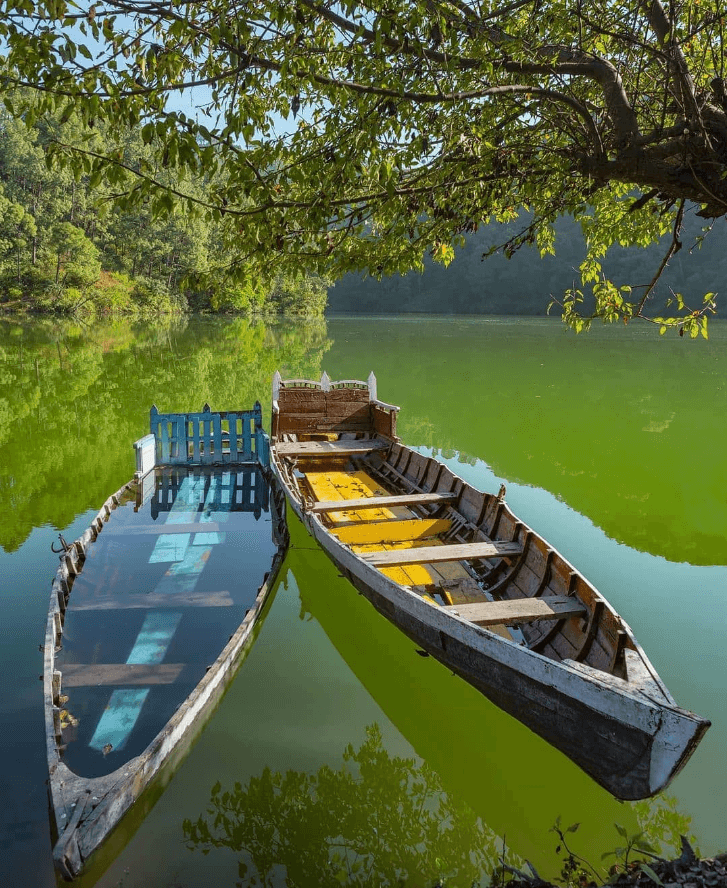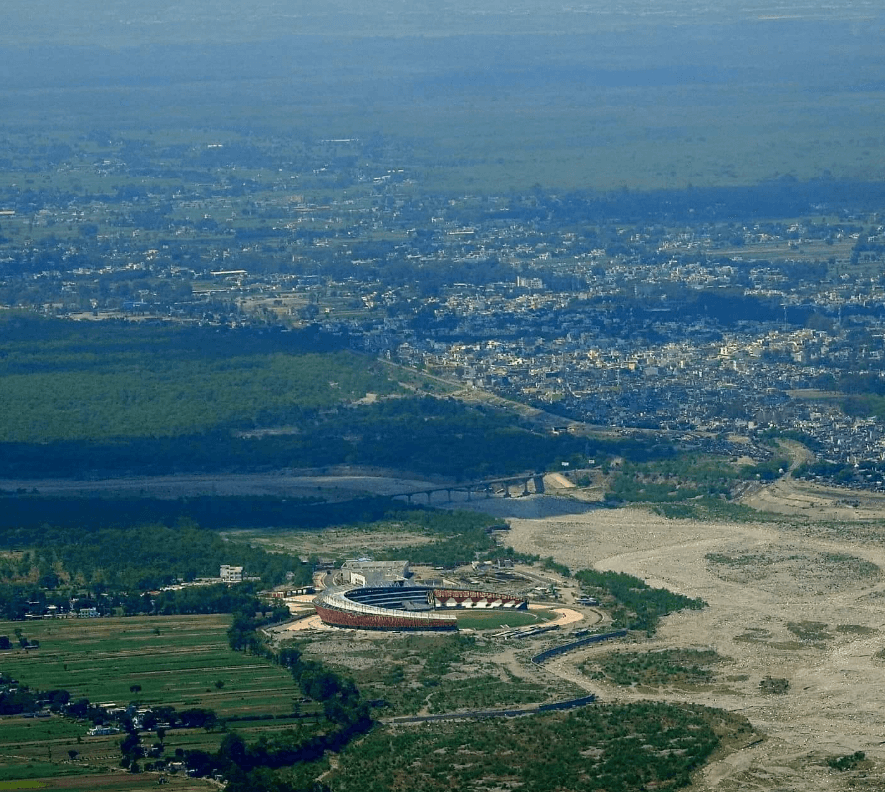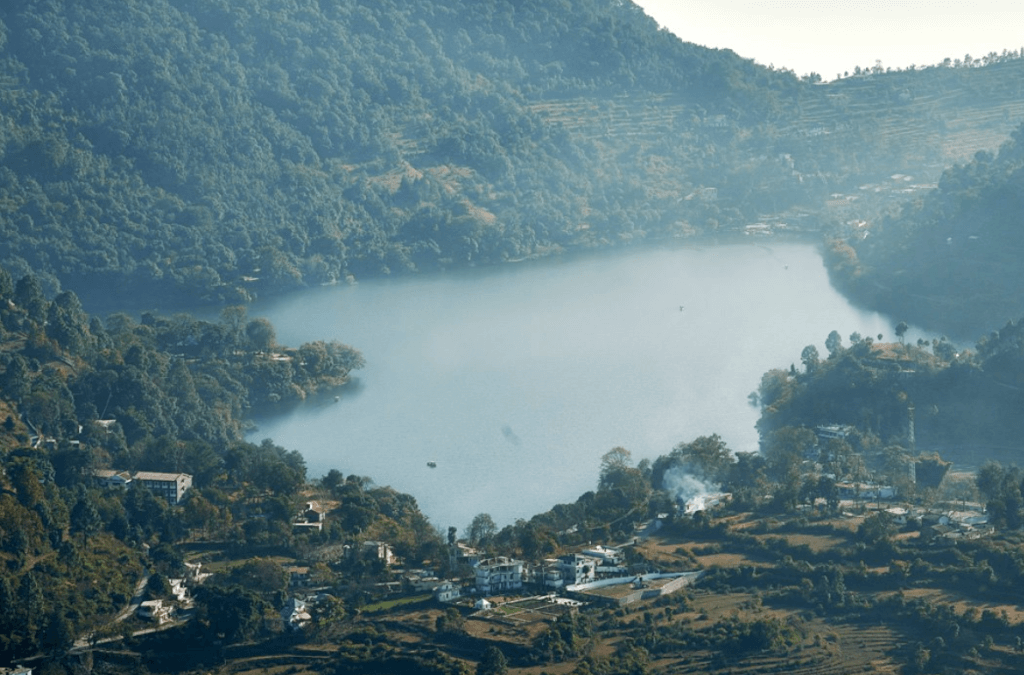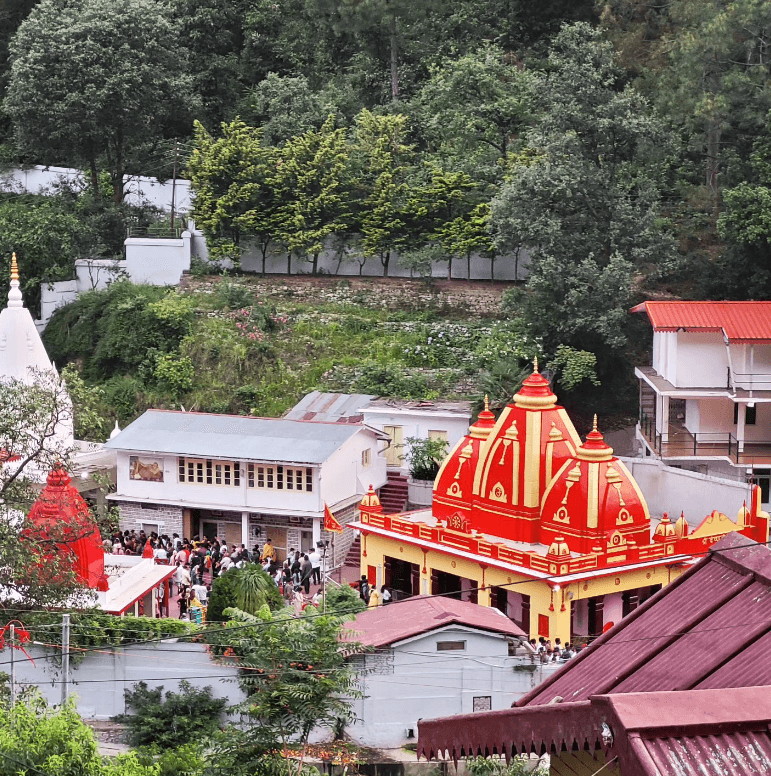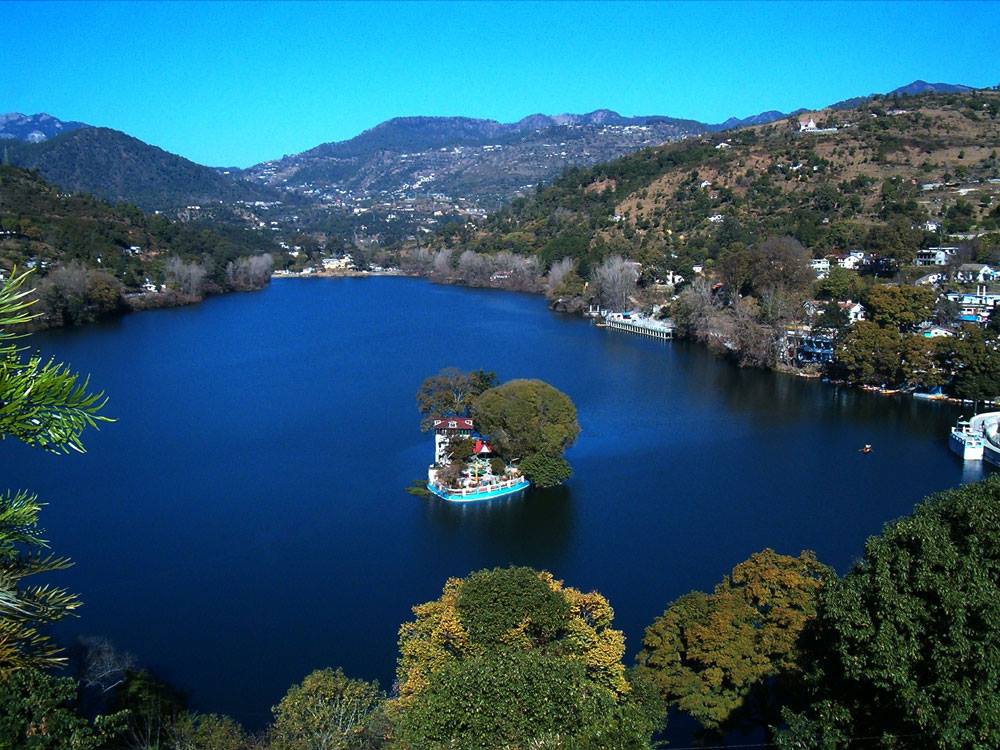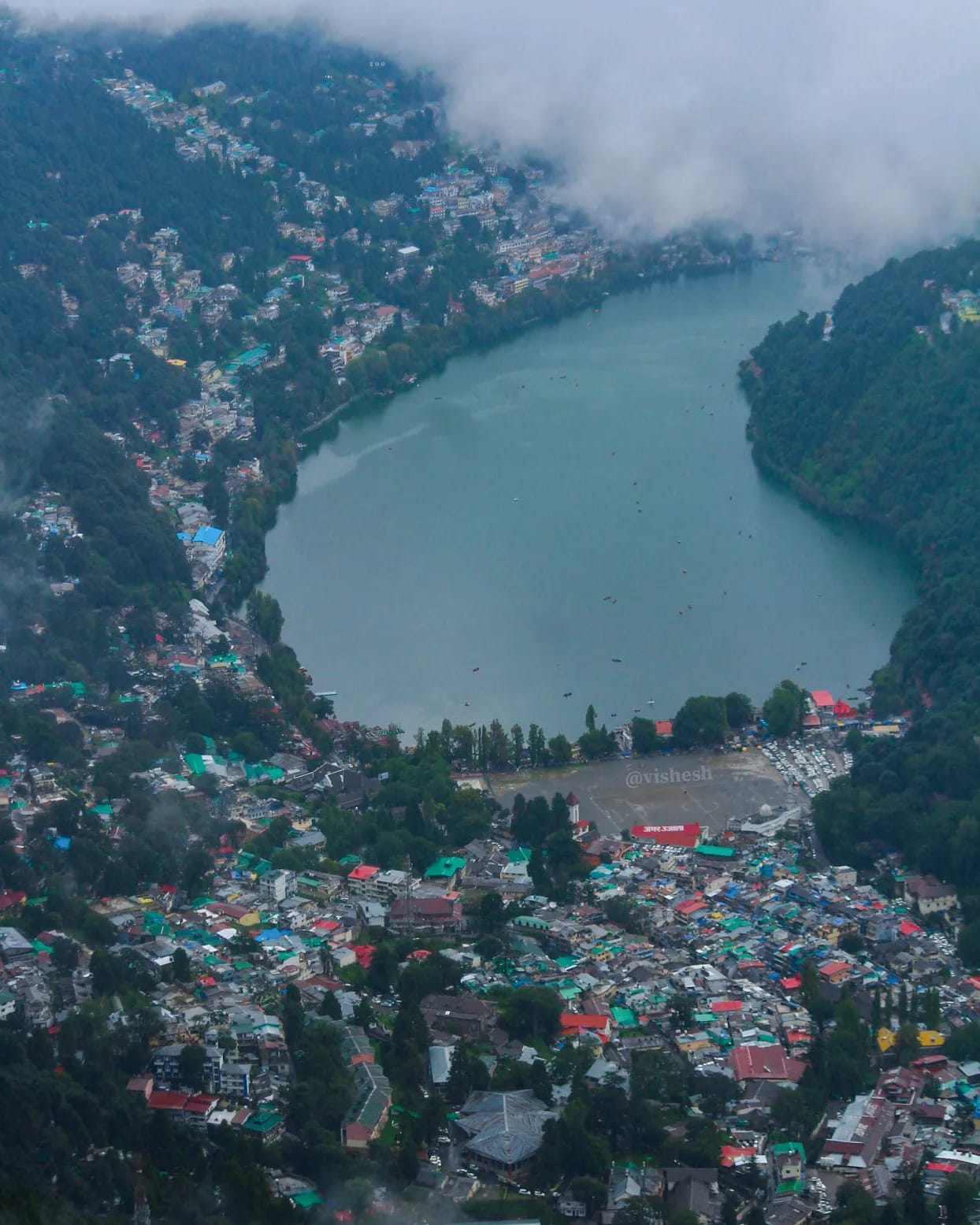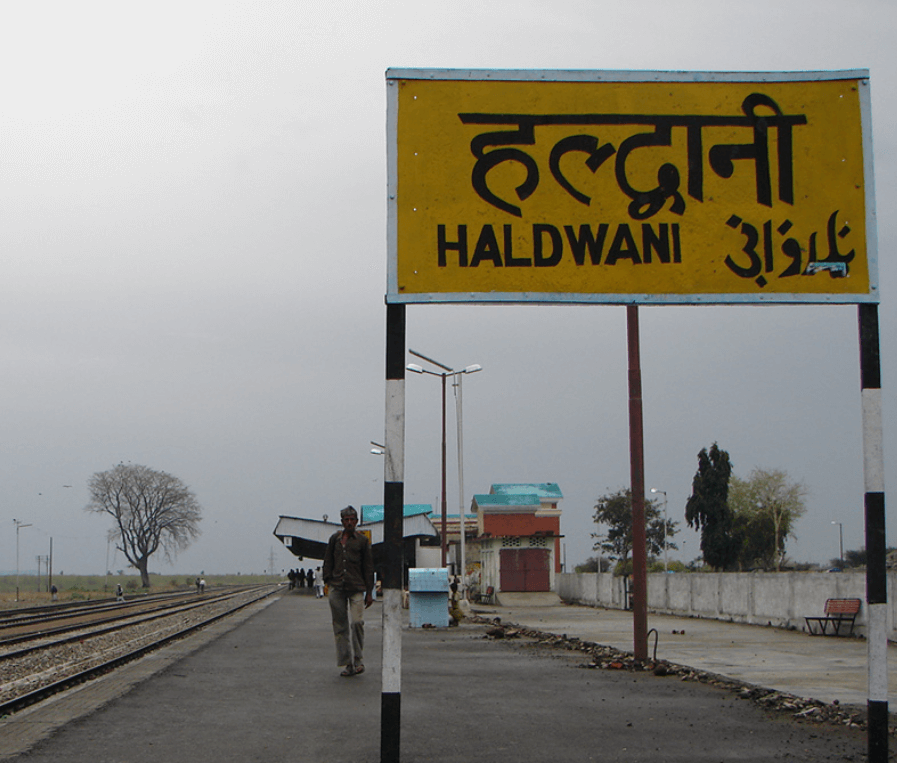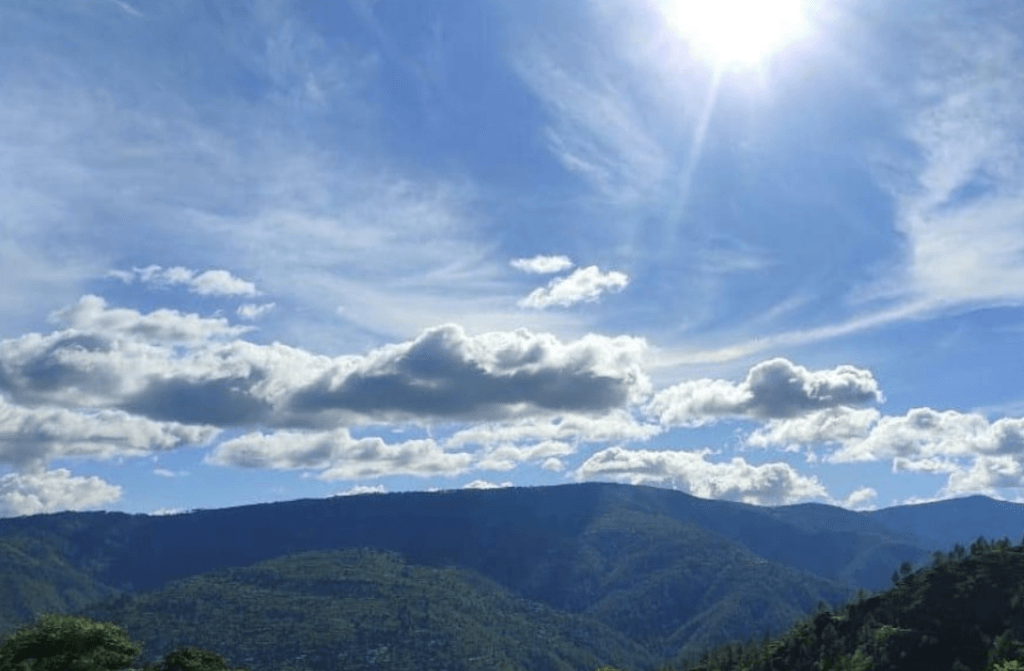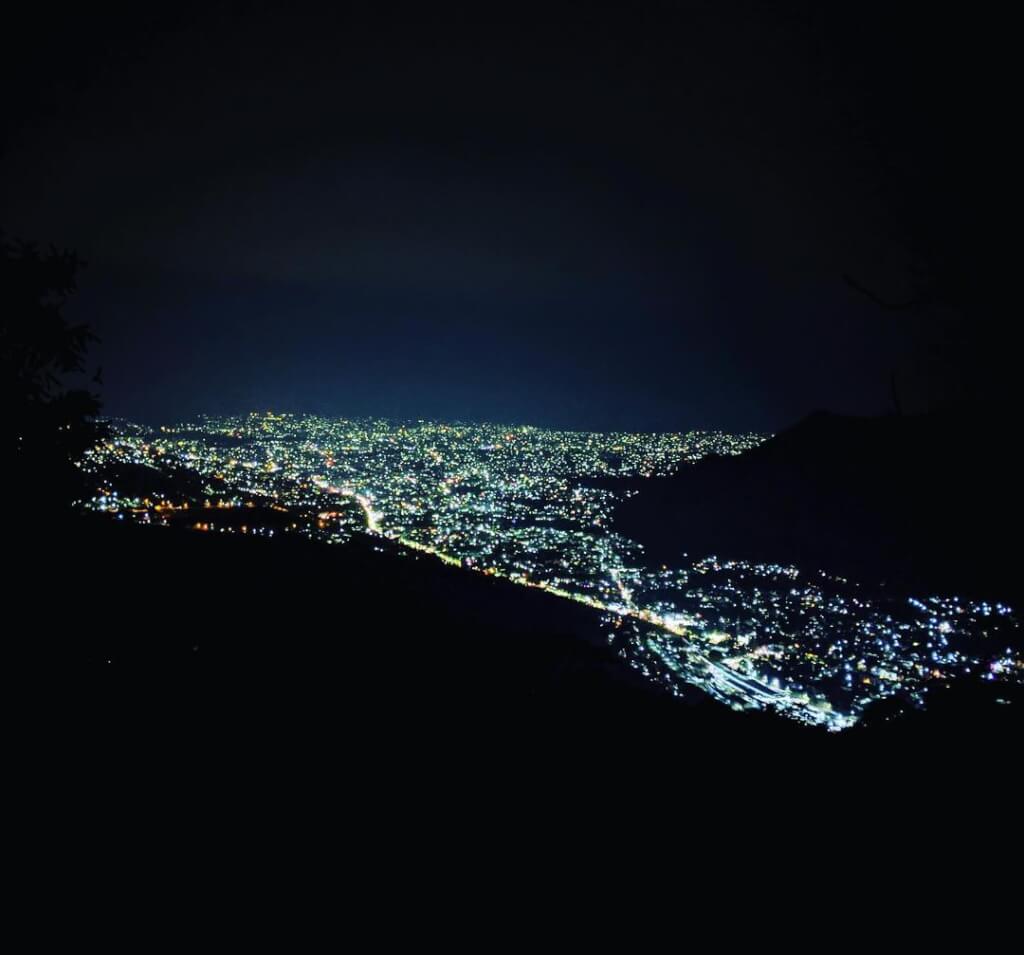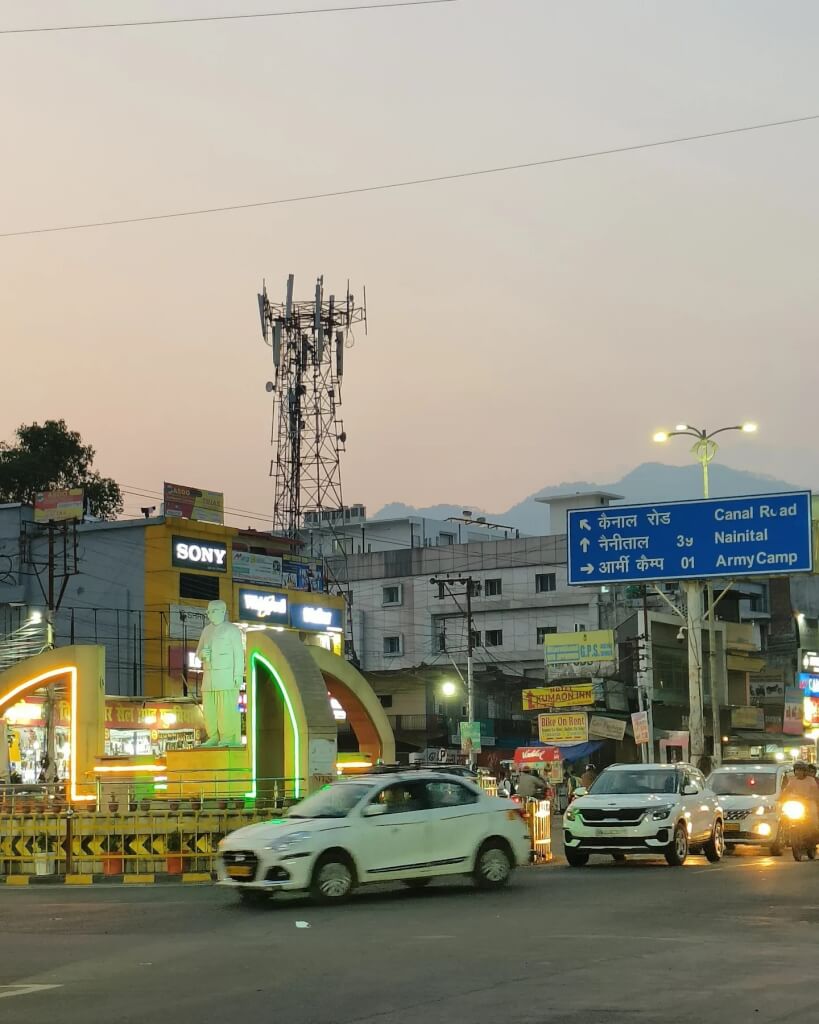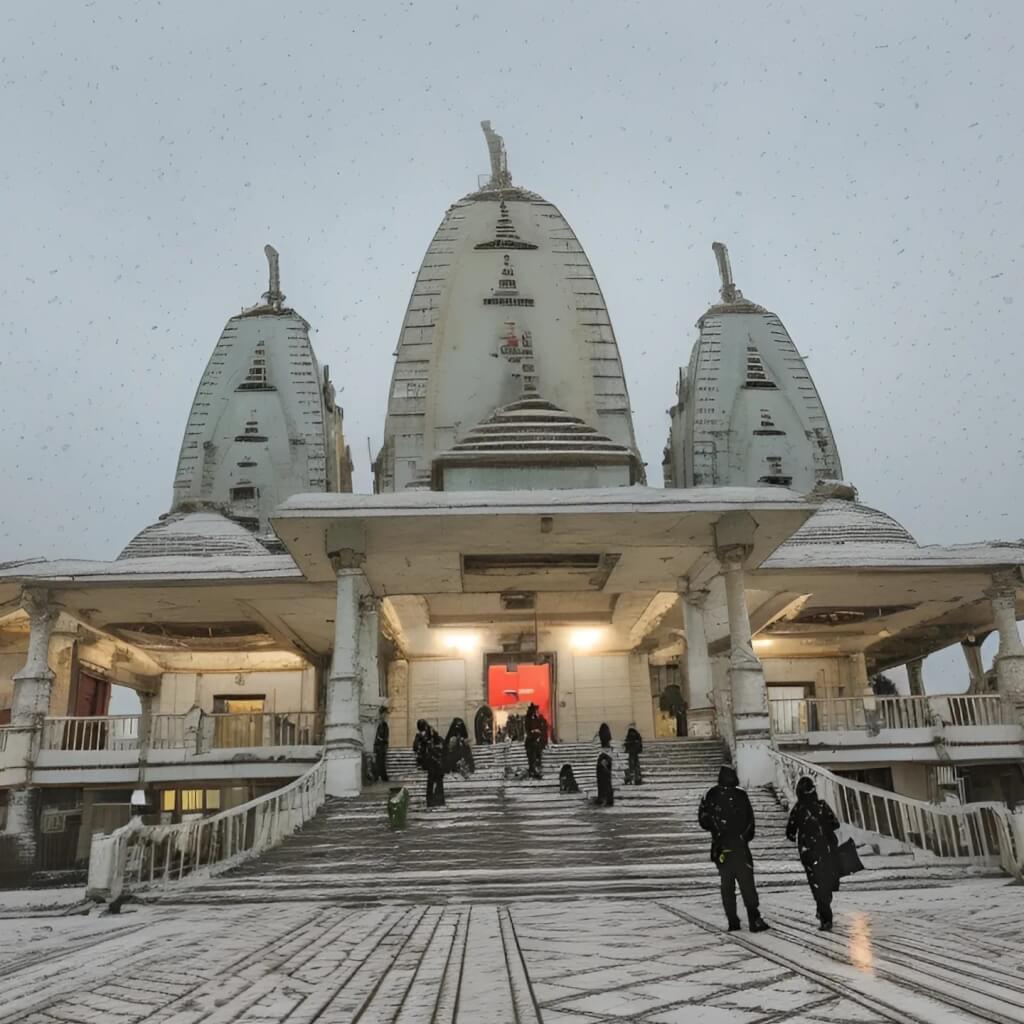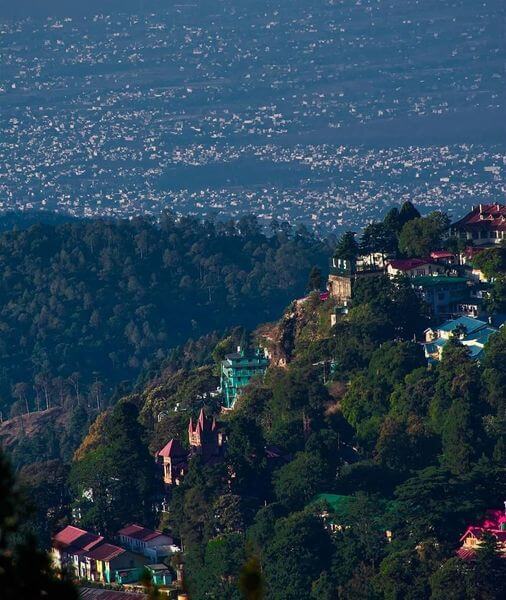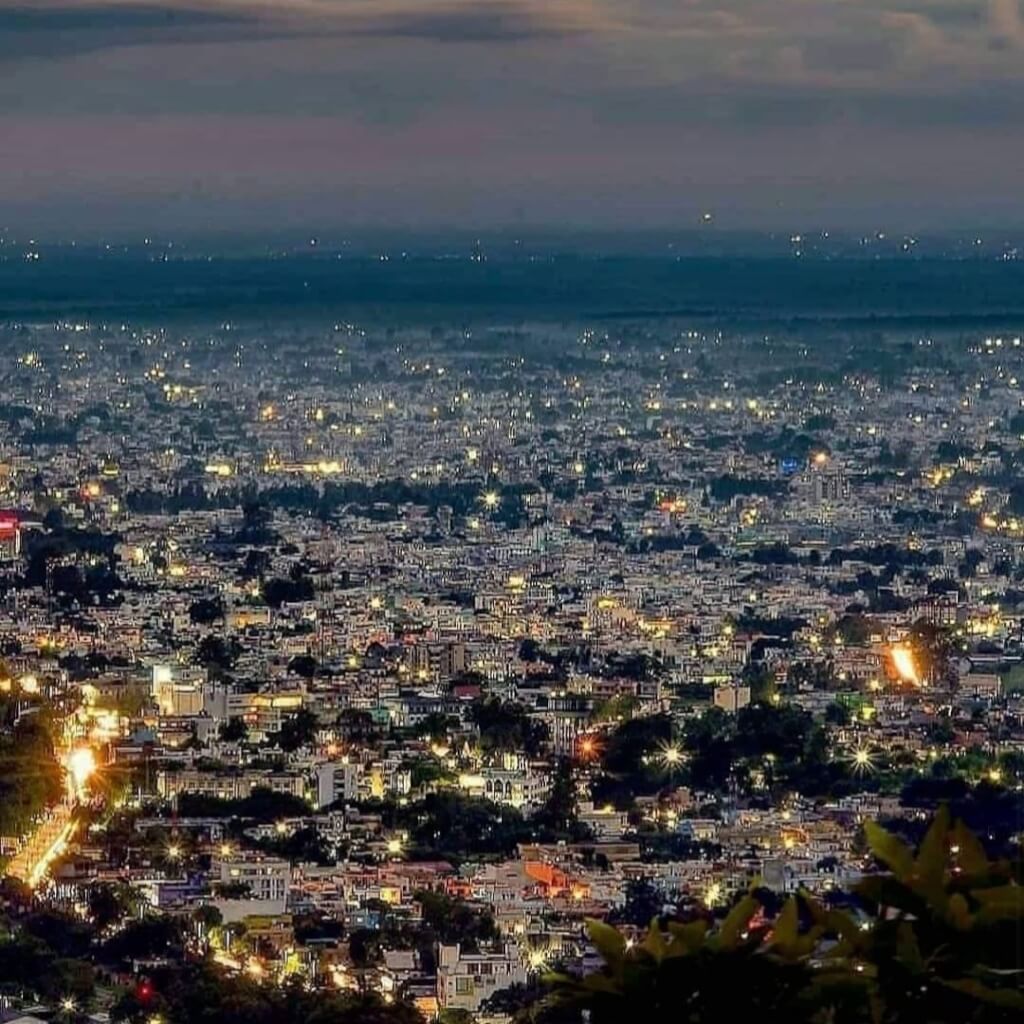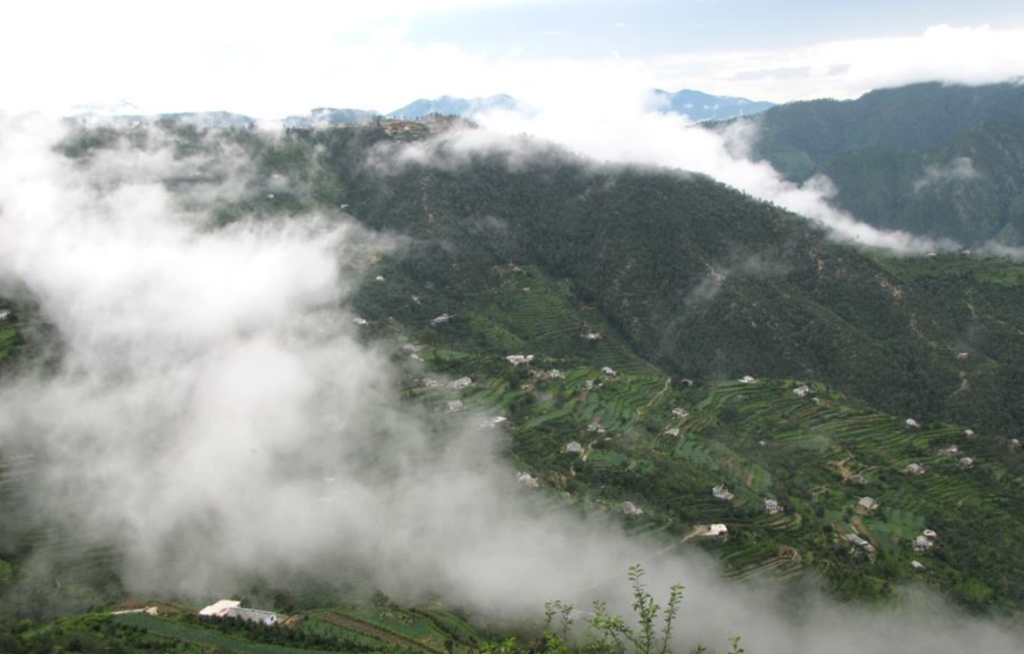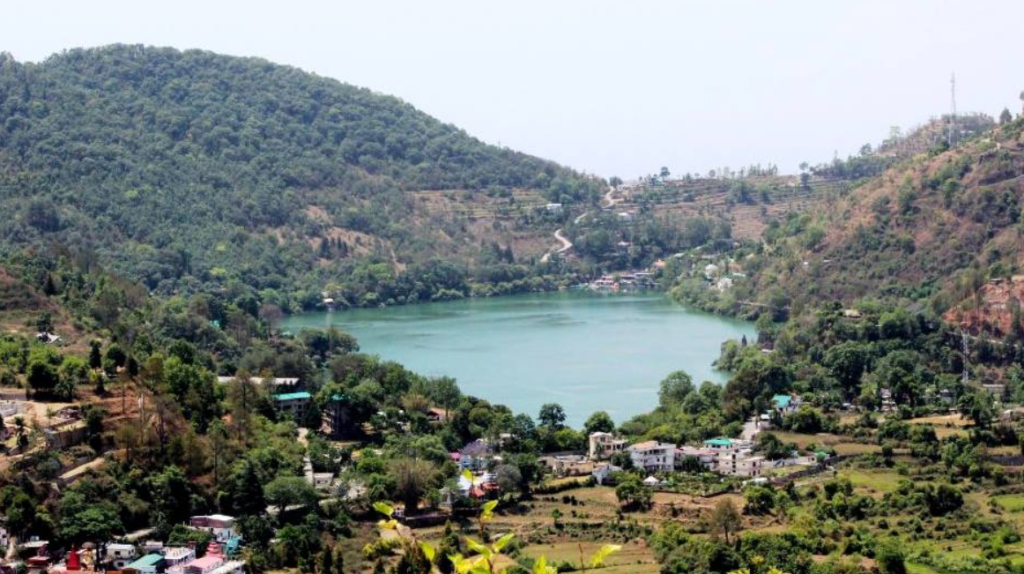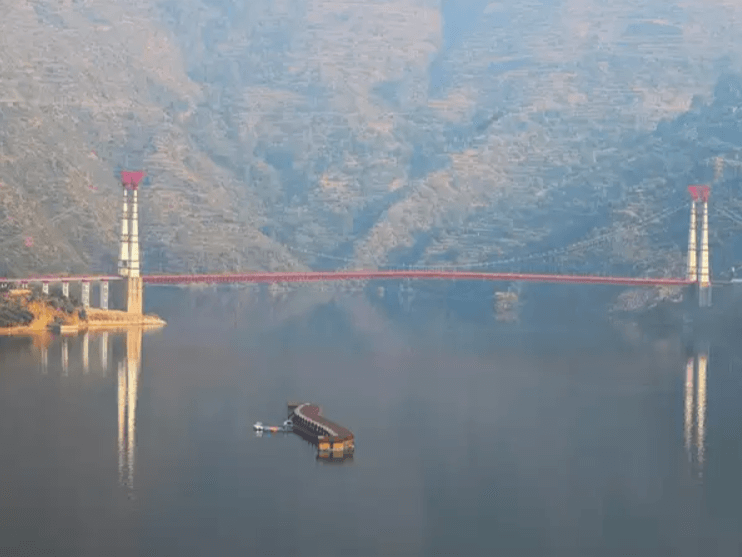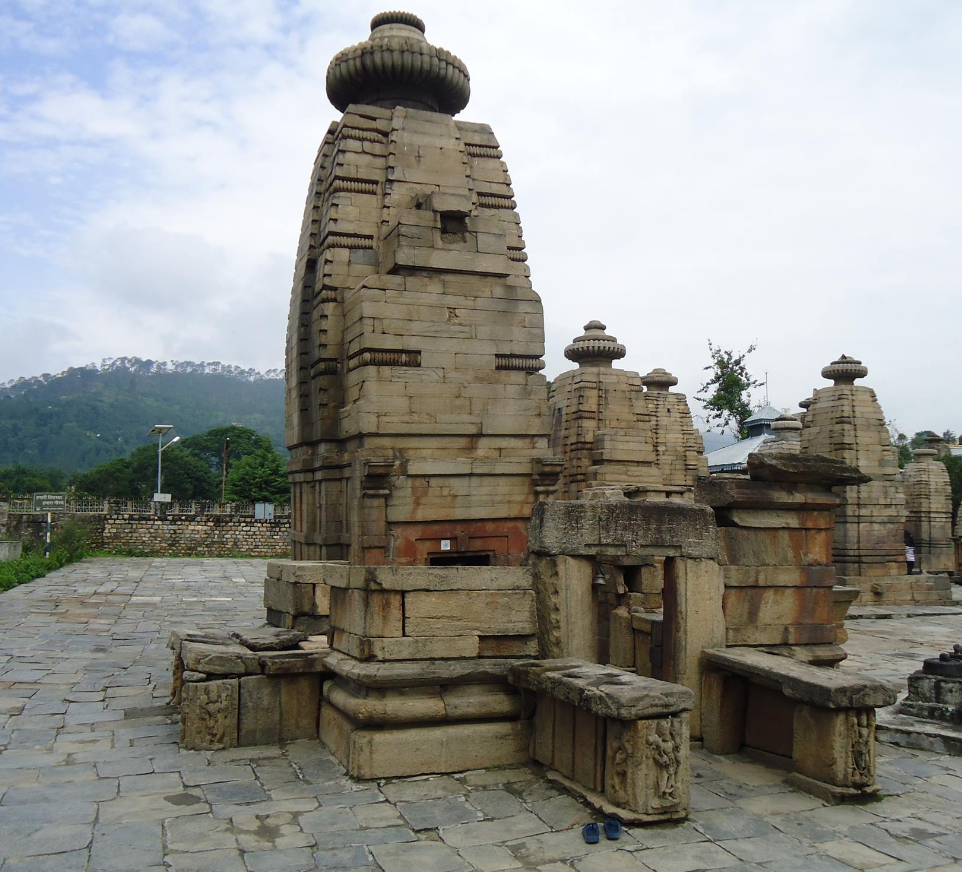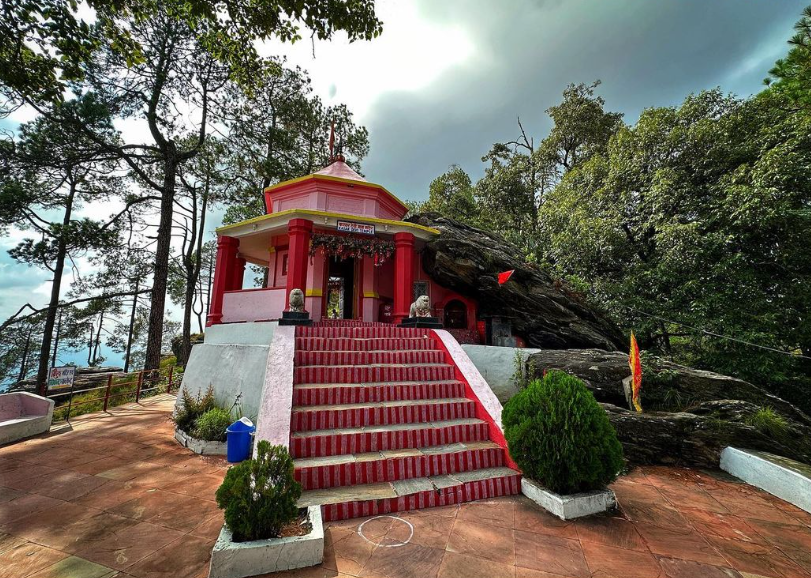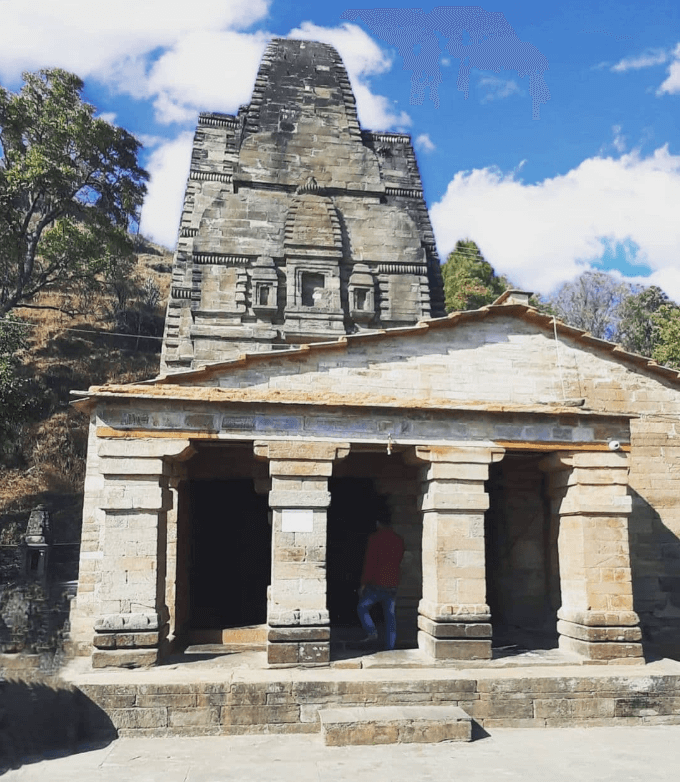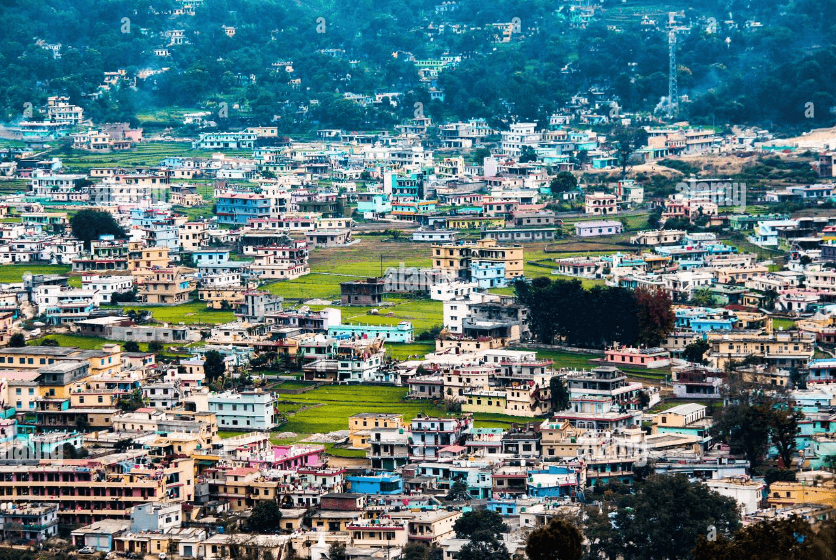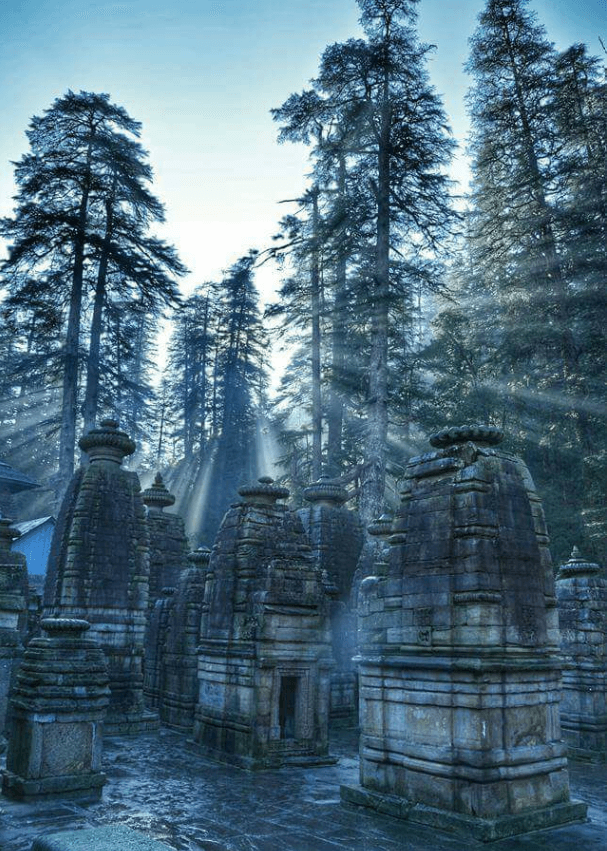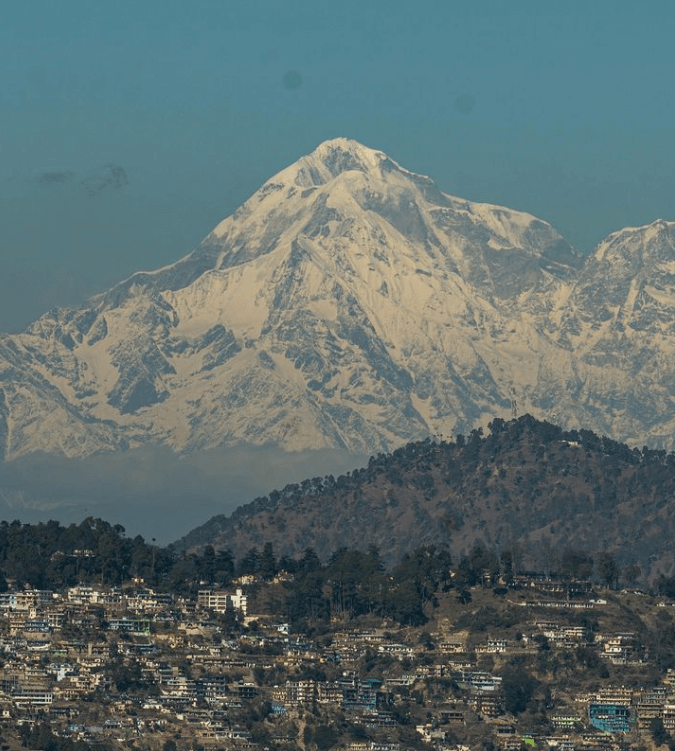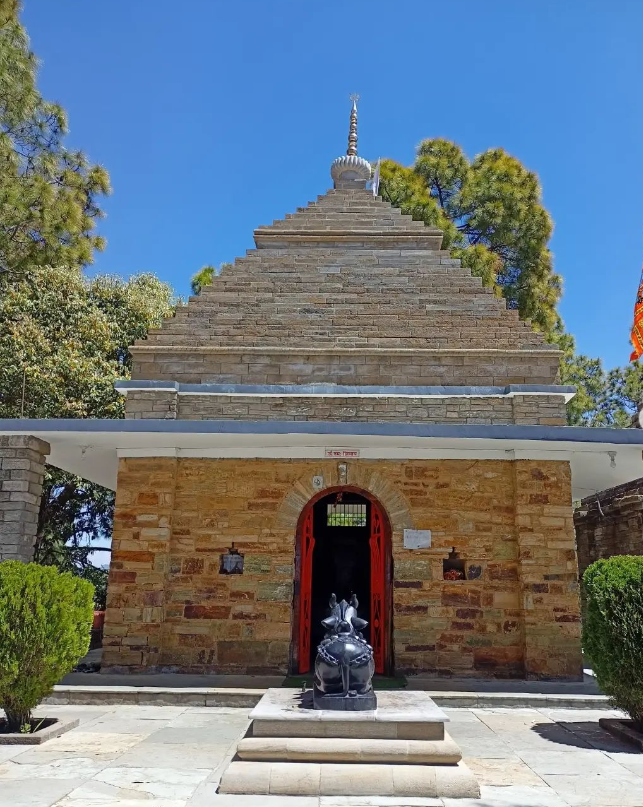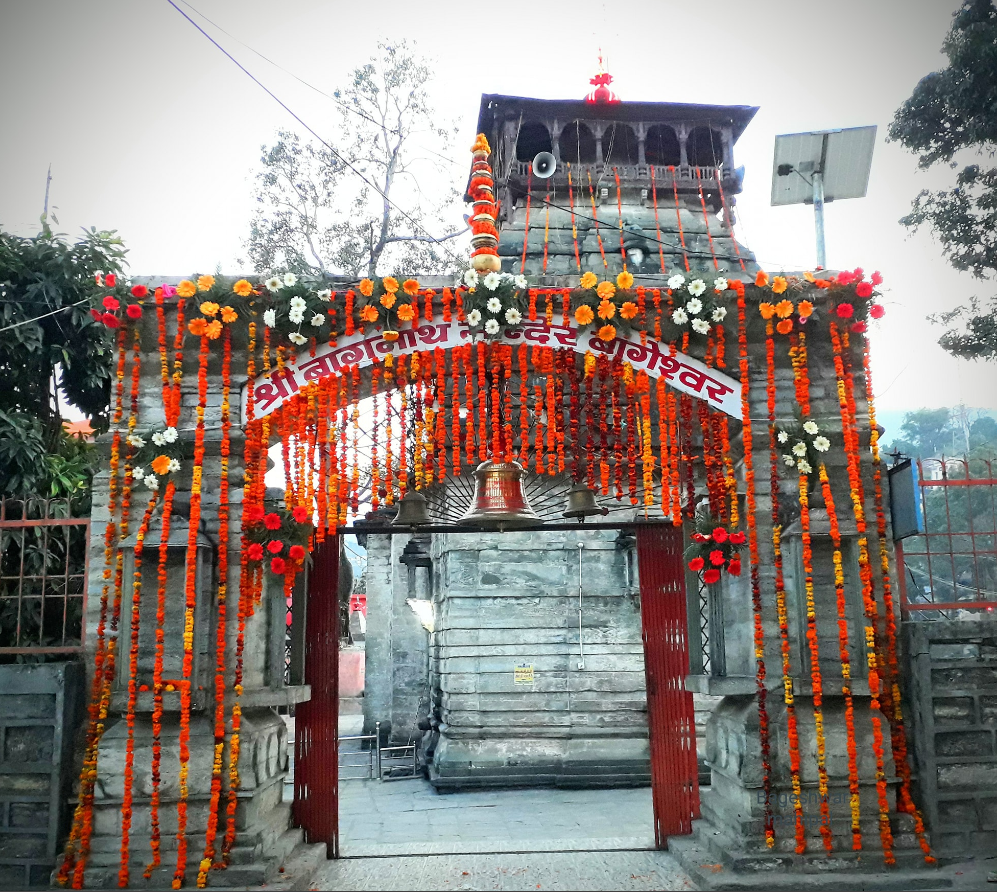Budha Kedar, located in Tehri Garhwal, Uttarakhand, is a sacred site dedicated to Lord Shiva. It is renowned for hosting the largest Shivling in North India. Positioned at the confluence of Bal Ganga and Dharam Ganga, this holy place is surrounded by steep hills adorned with lush green deodar forests, creating a serene and spiritual atmosphere.
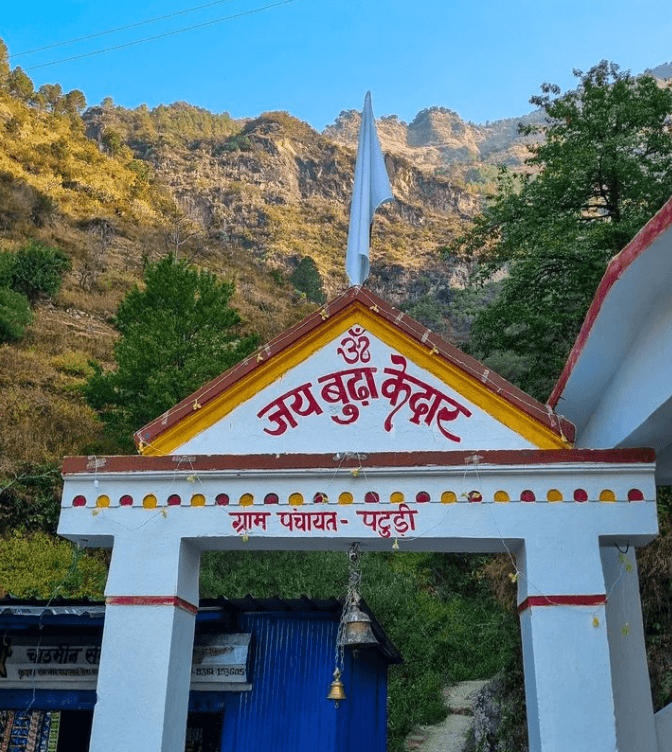
Budha Kedar In Tehri
There is a prominent Hindu pilgrimage site known as Kedarnath in the Tehri Garhwal district of Uttarakhand, India. Kedarnath is one of the Char Dham Yatra destinations and is dedicated to Lord Shiva.Visitors to Budha Kedar are treated to a picturesque landscape with numerous huts and terraced fields, providing insights into the traditional hill folk way of life. Nestled in the mountainous Garhwal Himalayas, this region is a haven for nature lovers, offering breathtaking views and the opportunity to observe a diverse array of birds.
Spirituality Of Budha Kedar
The Shivling at Budha Kedar stands as a symbol of devotion and spirituality, attracting pilgrims and devotees seeking the blessings of Lord Shiva. The confluence of rivers adds to the sacred ambiance of the place, making it a significant pilgrimage destination in the Uttarakhand state. Overall, Budha Kedar provides a unique blend of natural beauty, cultural richness, and spiritual significance, making it a captivating destination for those seeking a profound and peaceful experience.
Near Place to Vist
How To Reach Sankri
Sankri is a picturesque village located in the Uttarkashi district of the Indian state of Uttarakhand. It serves as a…
Chandrabani Temple
Chandrabani Temple is a significant religious site located in Dehradun, Uttarakhand, India. It is dedicated to Goddess Chandrabani, who is…
Tehri Lake
Tehri Lake, also known as Tehri Dam Reservoir, is a large artificial reservoir located in the state of Uttarakhand in…
How To Reach Budha Kedar
By Road
Tehri is well-connected by road, and you can find buses from major cities in Uttarakhand.You can also consider hiring a taxi or driving if you prefer a more flexible schedule.
By Train
Rishikesh is the nearest railway station to Tehri.After reaching Rishikesh, you can hire a taxi or take a bus to reach Tehri.
By Air
The nearest airport to Tehri is Jolly Grant Airport in Dehradun.
You can book a flight to Dehradun and then proceed to Tehri by road.

